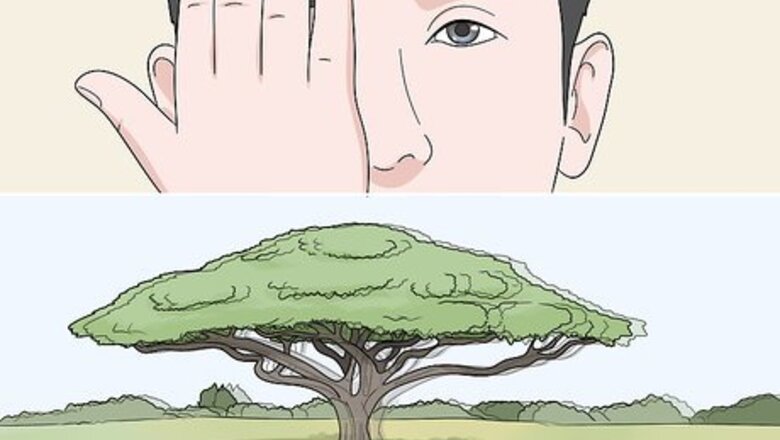
views
Diagnosing Your Double Vision
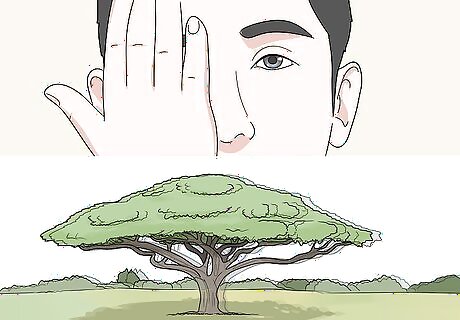
Note if you see double when you close 1 eye that you have monocular vision. Focus on an object that’s about 4–6 feet (1.2–1.8 m) away from you. Start by covering your left eye to see if you still have double vision. Open your left eye again before covering your right eye to see if your vision changes. If you only notice a double image when 1 of your eyes is open, then your double vision only affects 1 eye. If you can see the object clearly when you close either eye but you see double when you open them both, then you have binocular double vision.
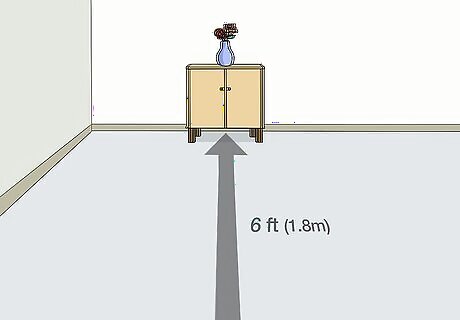
Check if the image looks like a shadow, which signifies monocular vision. Try looking at an object about 6 feet (1.8 m) away and take notes about how it looks. If you only see a faint image that looks like a shadow or appears translucent like a ghost, then you most likely have monocular double vision. Note if the image doubles horizontally or vertically since your doctor will ask you. If you see 2 separate images of the object clearly, then you may have binocular double vision where your eyes see the object from different directions.
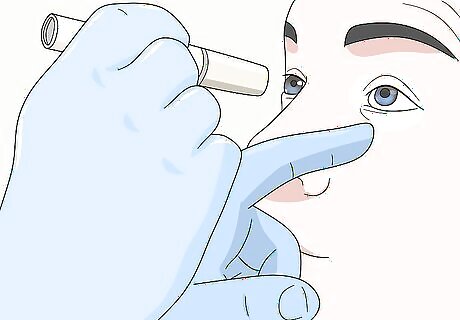
See an eye doctor to find out the underlying cause of your double vision. Schedule an appointment as soon as possible and let your doctor know how long you’ve been experiencing double vision. Let them know about your family’s medical history since double vision could be caused by nerve problems, like diabetes or autoimmune diseases. Your doctor will run eye exams, and may possibly refer you to another doctor to run additional tests if they don’t find a cause. Monocular double vision usually occurs if you have a problem with your eye, such as an irregular lens shape or cataracts. Binocular double vision could be caused by neurological problems in your brain or weak eye muscles.Warning: If you’ve had double vision and it seems to heal over a long period of time without explanation, your brain may be suppressing the image. However, this could be a sign of a serious neurological problem and should be looked at by a doctor immediately.
Treating Double Vision in One Eye
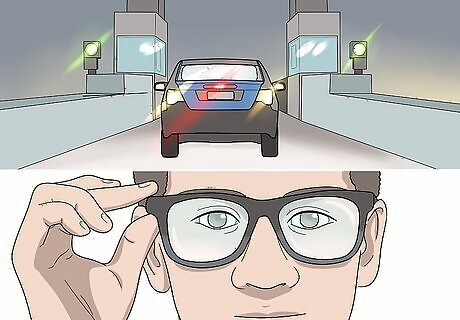
Wear corrective glasses if you have astigmatism. If you have double vision in one eye caused by damage or irregular lenses, see if your optometrist or eye doctor thinks glasses can solve your issues. Take an eye exam with your optometrist and have them test different corrective lenses for your eyes. Once you find lenses that correct your double vision, make sure to wear the glasses every day so your condition continues improving. Avoid squinting during your eye exam since it can affect the results and provide an incorrect prescription. Ask your optometrist about corrective contacts if you don’t want to wear glasses.Tip: If you already have prescription glasses, take another eye exam since your vision may have changed and you may require new lenses.
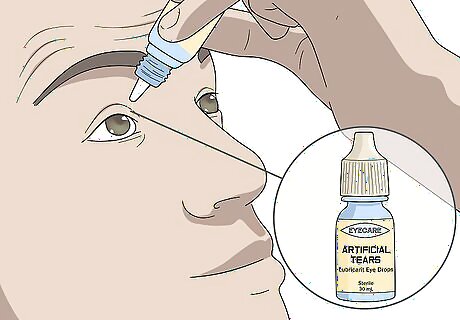
Try using artificial tears if your eyes also feel dry or itchy. Dry eye syndrome can cause your vision to blur, so look for over-the-counter eye drops at your local pharmacy. When you use them, pull your bottom lid down with your finger and squeeze 1 drop into the affected eye. Blink slowly to keep the drops in your eye and prevent them from leaking out. Open your eye and try focusing on an object to see if your double vision clears up. You may use eye drops to cure double vision at home in addition to other treatment options as well. Your doctor may prescribe eye drops with steroids for stronger relief, but only use them for as long as directed since they may cause more serious eye conditions.
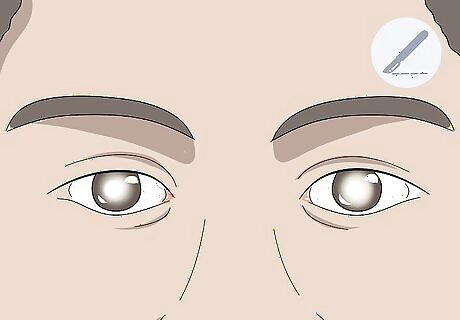
Have surgery for cataracts if you have them. Cataracts create a cloudy layer over your eyes and may cause you to see multiple images, especially when you’re looking at lights. If your doctor tells you that you have cataracts, schedule surgery to remove them and replace your eye’s natural lens. After the surgery, make sure you have someone that can drive you or help you around your home for the next 24 hours since you may have trouble seeing as you recover. It’s normal to experience double vision in the affected eye for a few days after the procedure. If your double vision lasts longer than 4–6 weeks after cataract surgery, schedule another appointment with your doctor.
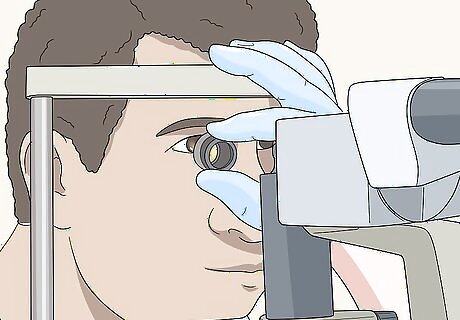
Ask your eye doctor about treatment options if you have a retinal disease. If your doctor finds a retinal disease, such as a tear, hole, or detachment, you may need more advanced surgery to treat your double vision. Talk to your doctor about the options available, which may include laser treatment for retinal tears or holes, or medical injections for viral and bacterial infections. When it’s time for your surgery, make sure to bring someone with you since you won’t be able to see clearly or drive a vehicle when you’re finished. Usually, eye surgeries will only take a day so you’re able to go home on the same day. Be sure to follow any recovery instructions that your doctor prescribes, such as not touching your eye or wearing a patch. You will usually only need retinal surgery if there is trauma or infection inside your eye, so it’s not as common as other treatments.
Caring for Binocular Double Vision
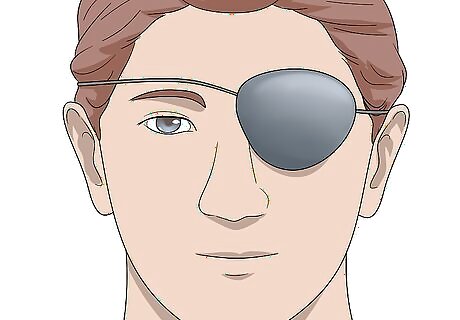
Wear a patch over one of your eyes for temporary relief. Ask your eye doctor which of your eyes is dominant, which means it’s the one you focus with the best. Place the patch over your dominant eye during the day so the muscles in your weaker eye strengthen and improve. While you may experience results within a few weeks, continue wearing the patch and check in with your eye doctor every 2–3 months to check if your double vision improves. Eye patches don’t usually cure double vision completely. If you wear glasses, try putting opaque tape over one of the lenses to obscure your vision.Warning: Obscuring your vision in 1 eye can affect your depth-perception, so be cautious driving or avoid it entirely.
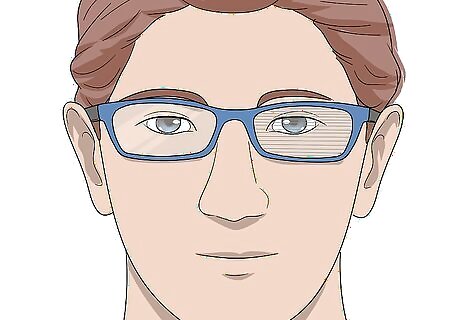
Attach prisms to your glasses to help you achieve single vision. Have your eye doctor attach a temporary Fresnel prism onto the lens that goes over your weaker eye. Make sure to wear your glasses as often as you can so you only see a single image rather than it being doubled. Your vision may look slightly blurry when you first start using prisms, but your eyes will adjust quickly so you’re able to see clearly. A Fresnel prism uses horizontal or vertical lines etched into your glasses to change how light enters your eye and affects your vision. If prisms work for you, your eye doctor may etch them permanently in your glasses.
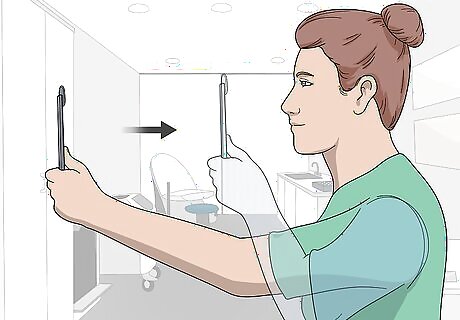
Practice eye exercises daily to cure double vision naturally. Attach a 1 in × 1 in (2.5 cm × 2.5 cm) target, such as a sticker or magazine cutout, to the end of a ruler. Hold the ruler out at arm’s length in front of you so the target is at eye-level. Slowly bring the target closer to your nose until you start seeing double. Try to focus on the target so you only see one image. If you’re able to, keep moving it closer to you until it’s about 4 inches (10 cm) from your face. Repeat the exercise 4–6 times daily for around 1–2 minutes at a time. If you aren’t able to focus and make the target a single image, then extend the target to arms-length and try again. Your optometrist may give you special equipment or “dot cards” to use for your exercises.Variation: Try holding the target 8 inches (20 cm) from your face at eye-level and focus on it for about 5 seconds so it looks like a single image. Then shift your focus to an object that’s 10 feet (3.0 m) away for 2–3 seconds before looking back at the target. Slowly move the target closer to your face until you’re able to focus on it when it’s 4 inches (10 cm) from your face.
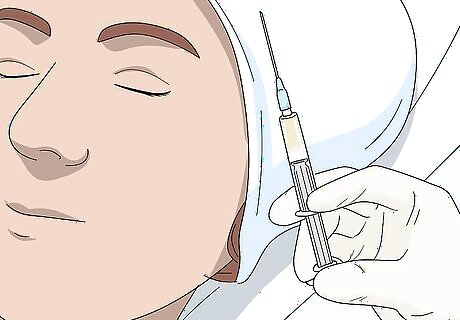
Ask about Botox injections to treat squints. If your double vision is caused by your eyes pointing in different directions, see if your doctor recommends Botox injections around your eye muscles. Have your eye doctor inject the Botox around your dominant eye so you’re unable to move it around, which forces your weaker eye to correct itself. Repeat Botox treatments as directed by your doctor or until your double vision goes away. Botox injections are usually given if no other treatment options have worked for you. Too many Botox injections can lead to a droopy eyelid.
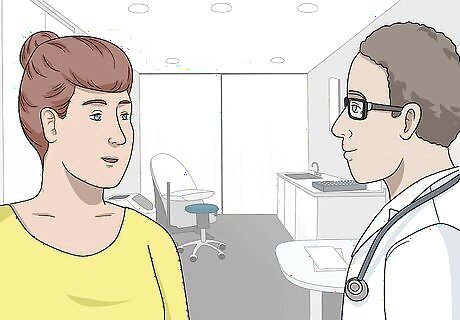
Talk to your doctor about eye muscle surgery if you don’t see improvement. Double vision may be persistent depending on the underlying cause, and you may not see improvement from non-medical procedures. Let your doctor know if you’ve experienced double vision for over 1 year and all of the treatment methods you’ve tried. Your doctor may perform surgery to adjust the position of your eye muscles to correct your sight. Make sure you have someone accompany you to the surgery since you will not be able to drive or see clearly right after treatment.










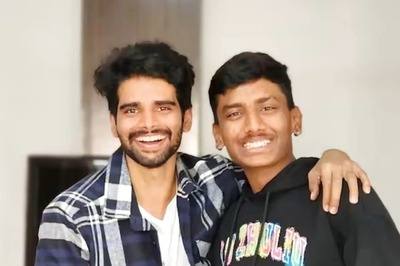

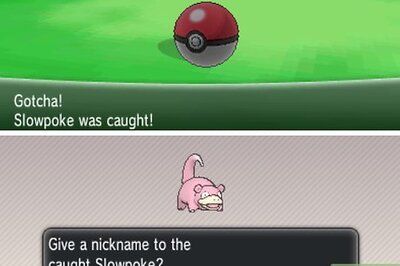
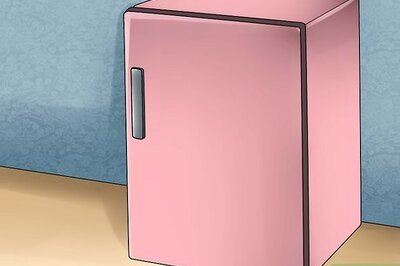
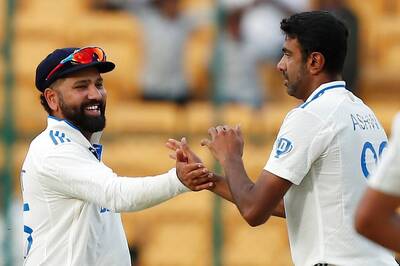

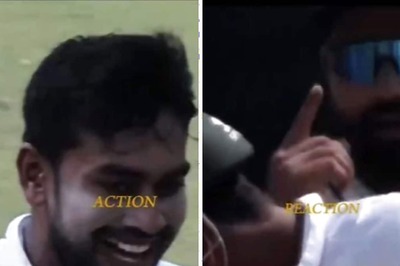



Comments
0 comment